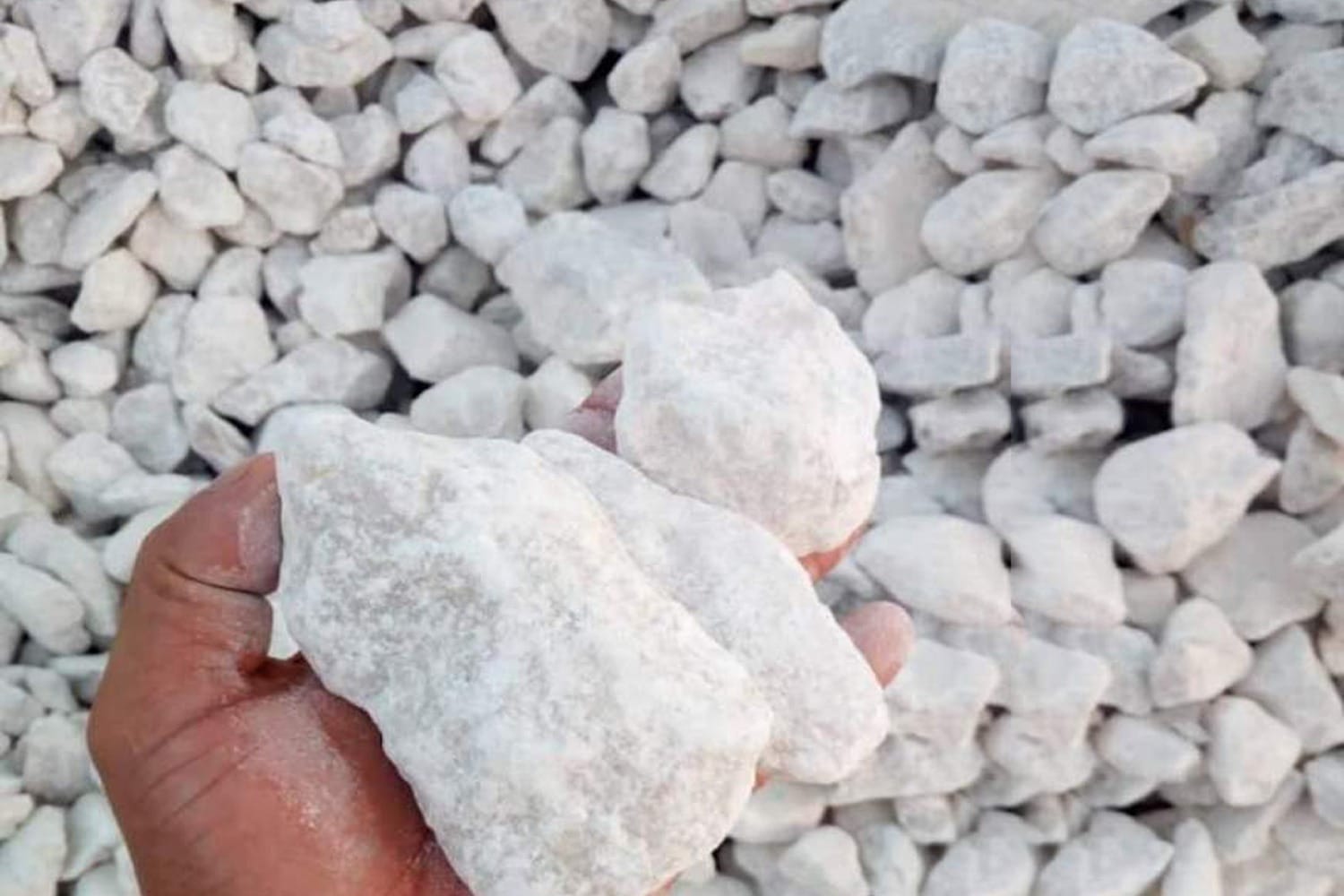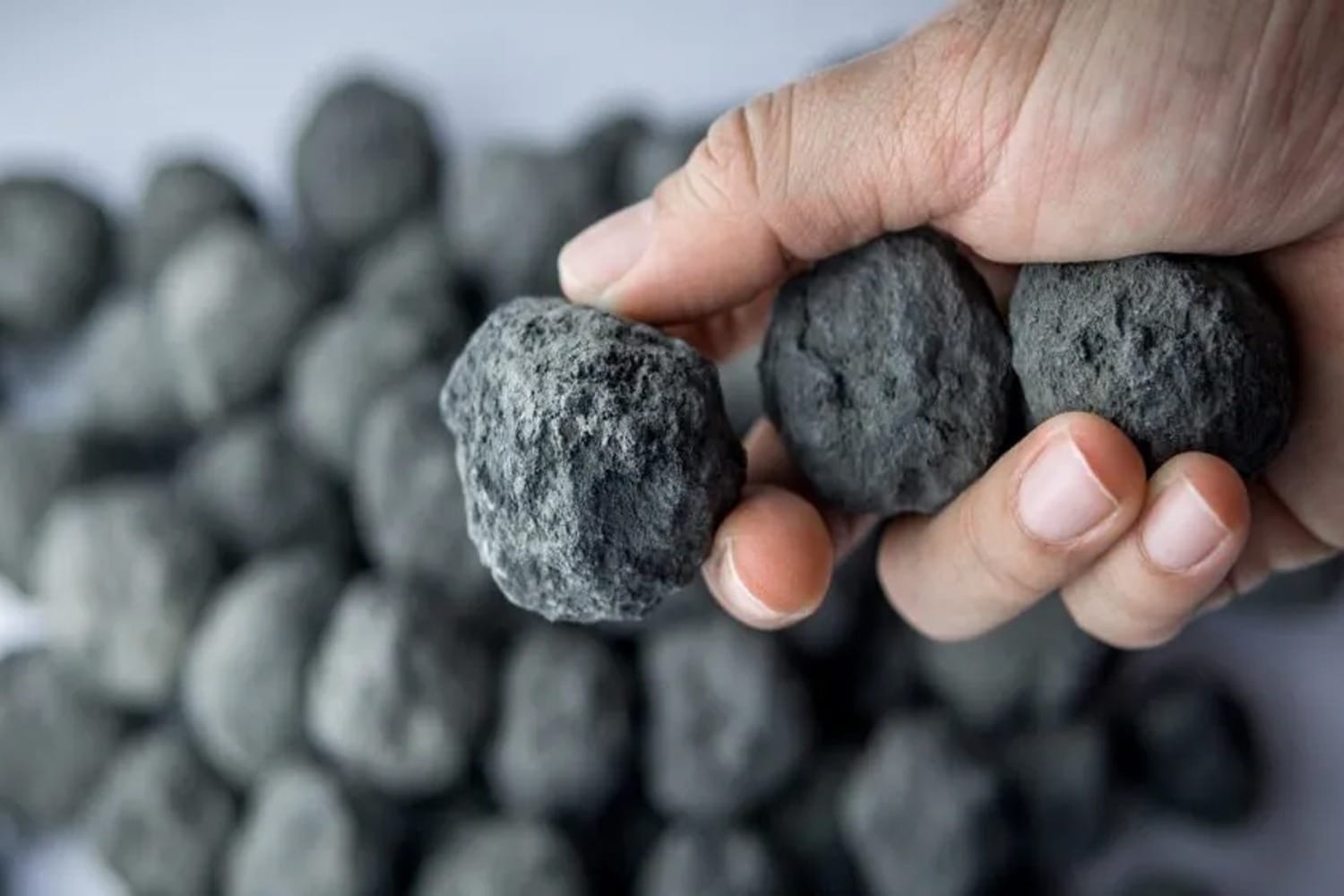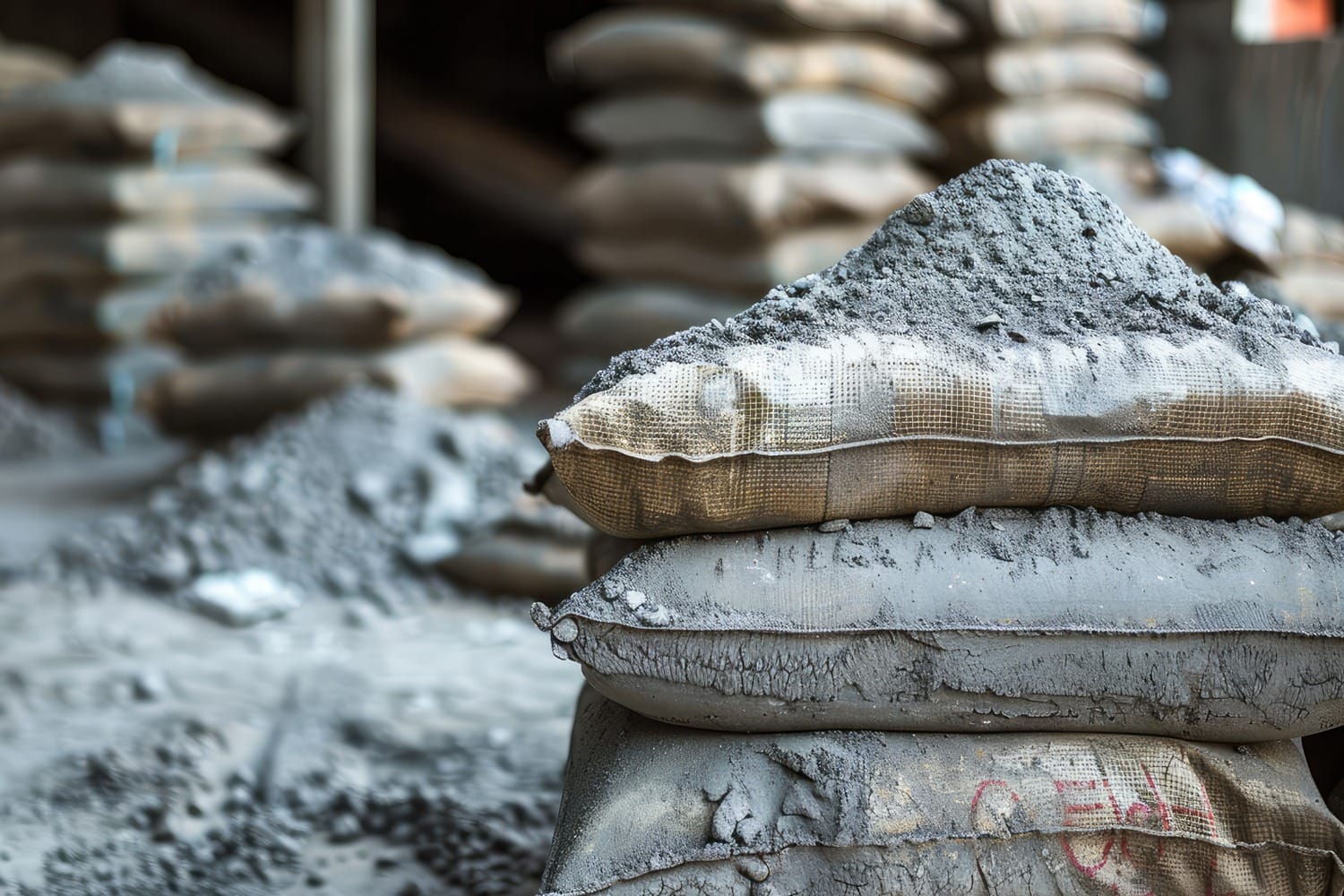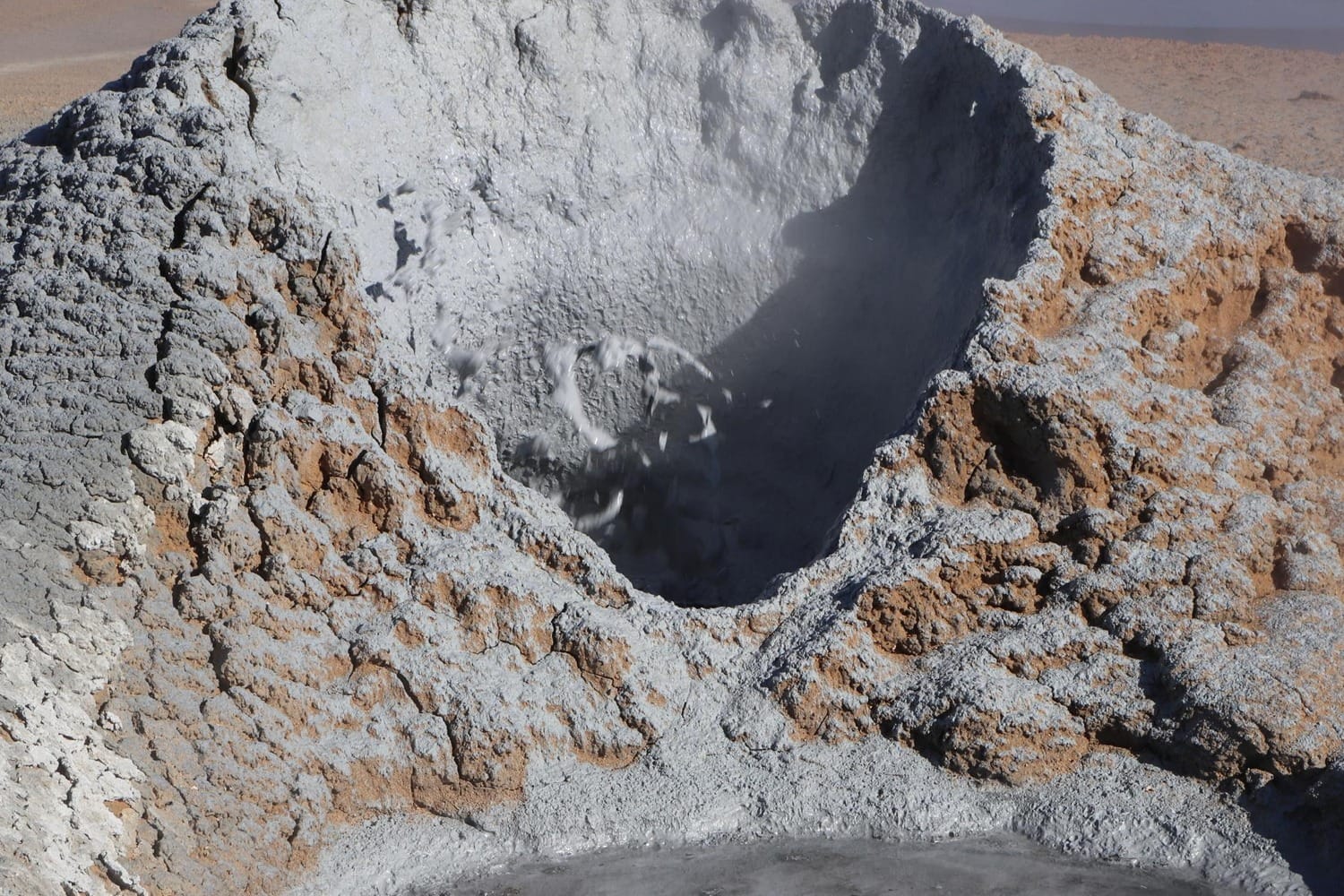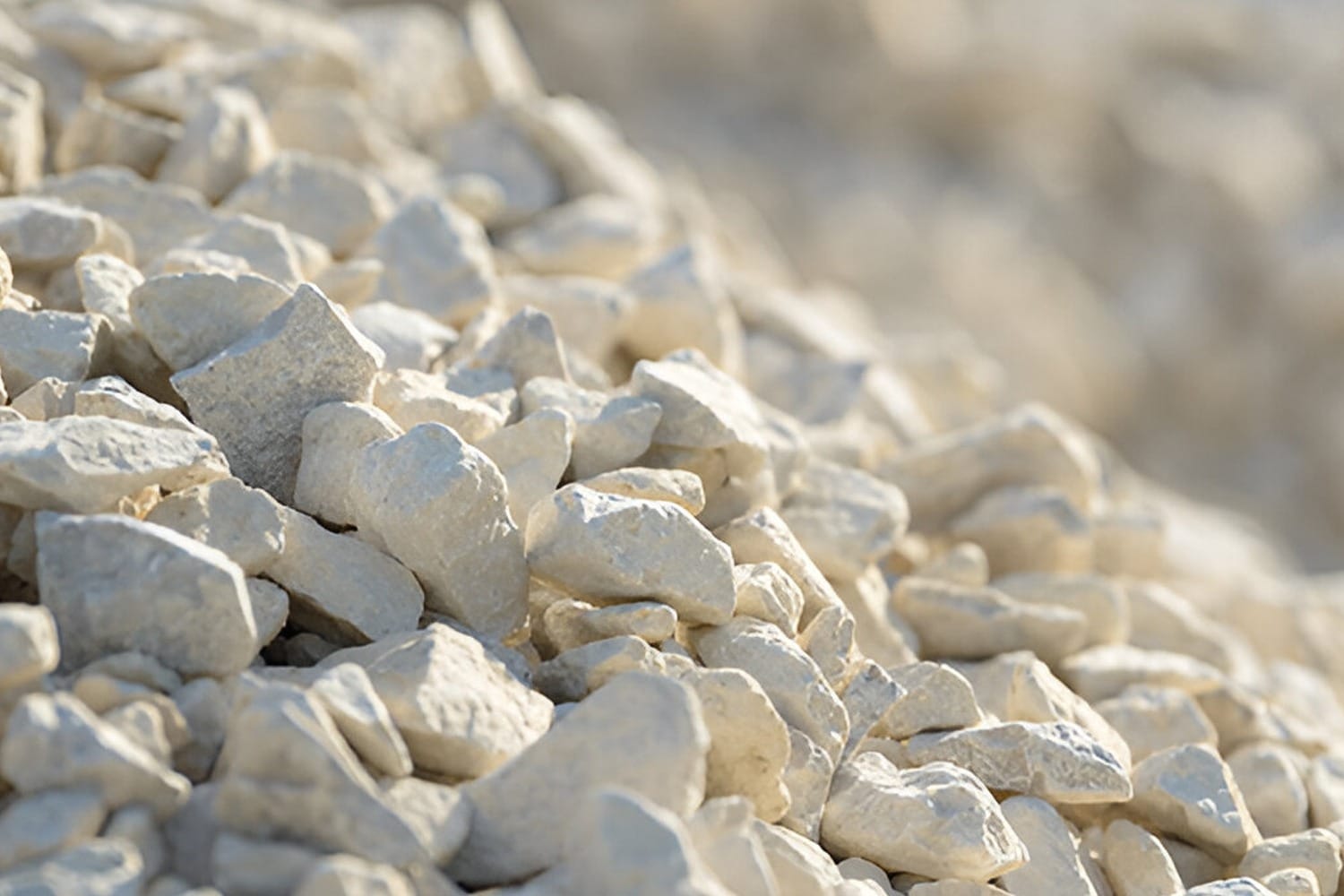
Key Characteristics
1. Composition
- Mainly consists of calcium carbonate (CaCO₃).
- Often contains impurities such as clay, silt, sand, or organic matter, giving it varying colors and textures.
2. Appearance
- Typically white to gray but can vary to tan, yellow, or brown depending on impurities.
3. Types
- Chalk: Soft, fine-grained limestone formed from microscopic marine organisms.
- Travertine: Formed in caves and hot springs, often used in decorative applications.
- Fossiliferous Limestone: Contains visible fossils.
- Crystalline Limestone: Formed by recrystallization under high pressure.
4. Sizes
- It is available in various sizes, each suited for specific applications across industries. These sizes can be categorized based on their dimensions and intended uses.
Properties
1. Density
- Lightweight and porous in some forms; dense in others.
2. Durability
- Long-lasting and resistant to weathering.
3. Workability
- Easy to cut and shape, making it ideal for architectural applications.
Applications
1. Construction
- Cement Manufacturing: Limestone is the primary raw material in the production of cement.
- Aggregate: Used in concrete and road construction.
- Building Stone: Widely used for walls, facades, and decorative purposes.
2. Industrial
- Steel Industry: Acts as a flux in the smelting process.
- Glass Manufacturing: Used as a raw material.
- Lime Production: Heated to produce quicklime (CaO) and slaked lime (Ca(OH)₂).
3. Agriculture
- Soil Conditioner: Neutralizes acidic soils.
- Animal Feed: Provides calcium supplements for livestock.
4. Environmental
- Water Treatment: Used to remove impurities in water and wastewater.
- Flue Gas Desulfurization: Captures sulfur dioxide from industrial emissions.
5. Other Uses
- Sculpture and Monuments: Due to its aesthetic appeal and workability.
- Calcium Carbonate Powder: Used in paper, paint, and plastics.

